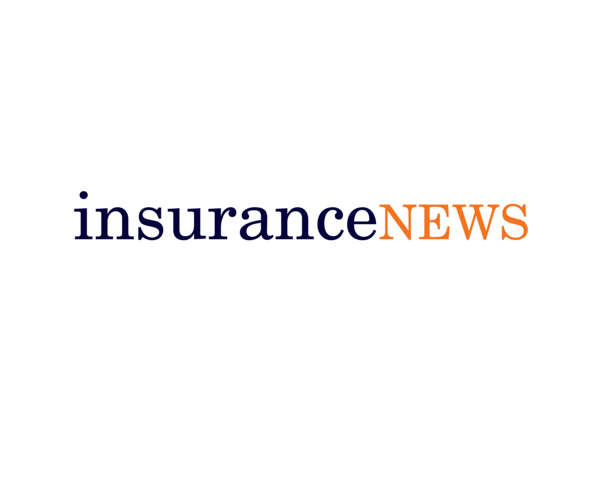Loss-making US personal lines clobber P&C industry earnings

Rating agency AM Best says US personal lines insurers’ earnings worsened with an estimated underwriting loss of $US34.9 billion ($53 billion) last year after losing $US12.3 billion ($18.7 billion) in 2021.
The weaker results pushed the US property and casualty (P&C) industry’s overall underwriting loss to a five-year high, with a combined ratio estimated at 104% last year. In 2021 the P&C industry posted a combined ratio of 100%, 98.8% in 2020 and 104% in 2017.
“For years, personal lines results carried the P&C segment’s overall underwriting results,” the rating agency says.
“The sheer size of the personal lines segment, which accounts for about half of annual premium volume, along with the capital strength and reach of the leading writers, dominated overall results.”
AM Best says the deterioration in the personal auto line was primarily responsible for the US personal lines’ larger underwriting loss last year. US personal lines’ combined ratio worsened to 108.2% from 102.7% in 2021.
In September last year the rating agency changed the market segment outlook for personal lines to negative, owing primarily to the “significant deterioration in reported results for the personal auto lines of business”.
AM Best says it marked the first negative outlook for the segment since the rating agency issued industry/ratings outlooks over 20 years ago.
“Many carriers continue to pursue rate adequacy in response to rising loss cost severity, but their ability to stay ahead of current trends has been a challenge,” the rating agency says.
The increase in loss severity has been driven by several factors: the higher rate of fatalities, increases in the costs to repair newer vehicles, higher used car prices, supply chain and labour market challenges, and rising medical costs.
“Many companies in the personal auto segment have pursued rate increases in response to these trends, but the timeliness and effectiveness have varied, as the process is complex and varies by regulatory jurisdiction,” AM Best says.
The rating agency says distracted driving continues to play a part in loss trends and will likely remain an industry issue.
“In addition, newer vehicles with enhanced safety features account for a growing percentage of vehicles on the road, which may ultimately impact frequency favourably, but their repair costs are higher,” AM Best says.
“With access to needed parts and just as important qualified labour limited, the cycle time for repairs has lengthened considerably, resulting in additional loss cost pressures.”





